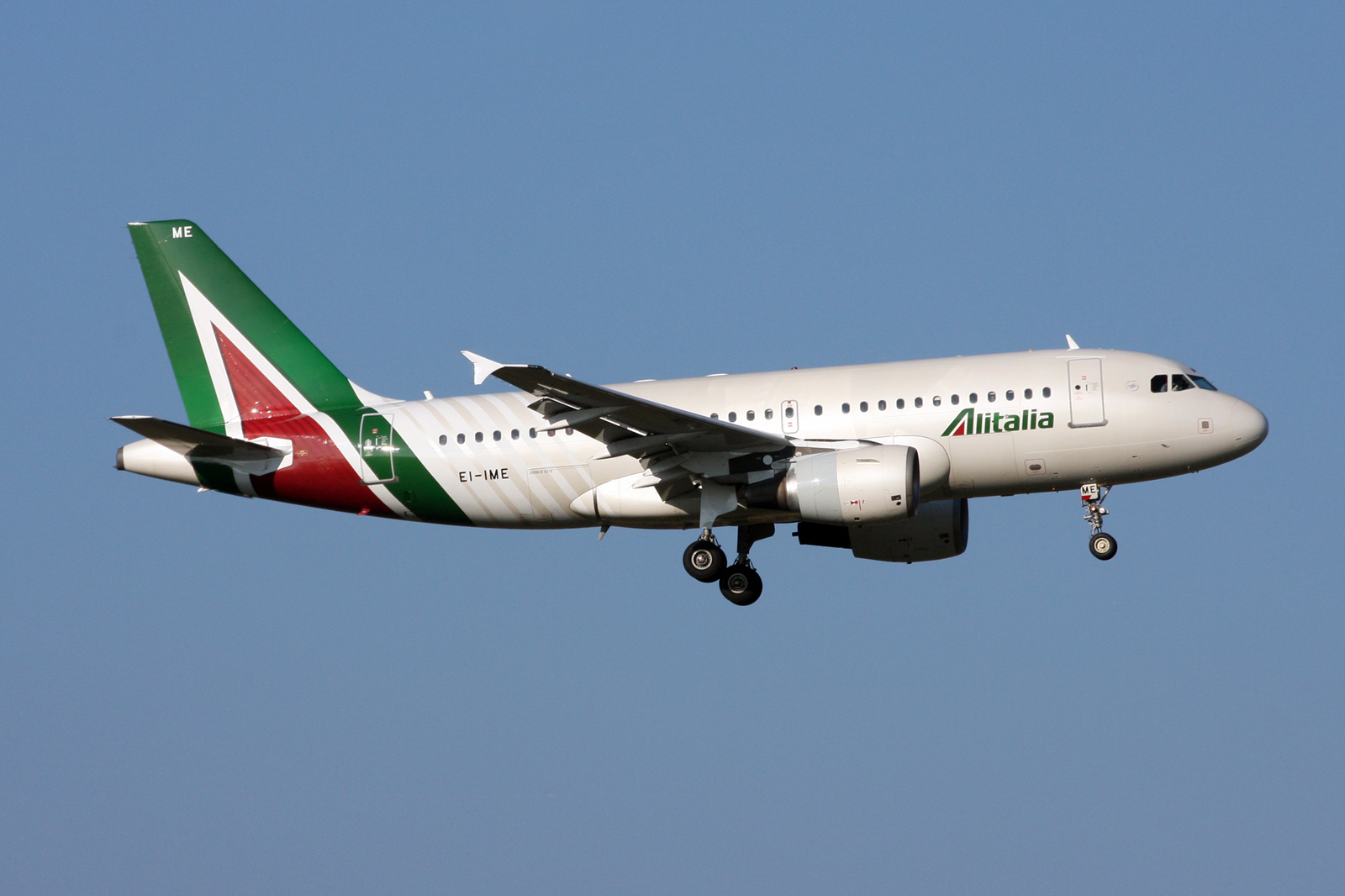Here’s how to avoid the bankruptcy of Ita after Alitalia

All issues, not only trade union issues that are unresolved in Ita. Walter Galbusera's analysis
The next 15 October could represent a difficult day for the history of industrial relations. After years of suffering, unsuccessful recovery attempts and losses of public money (to which everyone has contributed, without distinction between trade unions, right and left political forces, governments and opposition) Alitalia will cease all activities and should take off ITA, the new airline that will initially employ only a part of the employees of what was once our “national airline, with the intention of gradually regaining the market as well. Unfortunately, the operation risks starting without a trade union agreement and also fueling a judicial dispute that could prove to be particularly insidious for the newborn ITA.
The European Union has imposed the “discontinuity” between Alitalia and ITA to avoid the repetition of recapitalizations that would have constituted further state aid. For a long time it was quite evident that a series of factors such as the disappearance of the monopoly regime, the now very competitive competition from high-speed rail, the abandonment of the project with AirFrance and KLM and the inadequacy of management had already created over the years ninety conditions for an irreversible crisis. The fact that Alitalia, particularly in the territory of the capital, employed thousands of people (and inevitably was the object of electoral interests), led to the belief that the company's status quo could be preserved indefinitely, regardless of the economic result of the 'business. Certainly the protections, typical for the workers of large companies in crisis in our country, be they in the north or in the south, have so far not been lacking if it is true that for Alitalia the extraordinary redundancy fund will be extended at least until 2023 and that in this case the redundancy fund paid by INPS, it is supplemented by the Flight Fund (fed by a specific tax on the air ticket) up to guaranteeing 80% of de facto salaries. Even if airport workers have gained respectable social safety nets, at least for the private sector, this does not cancel the worries for the future.
As things stand, the size of the new ITA will be able to absorb about twenty percent of the old Alitalia employees and the contractual treatment of the workers hired by ITA cannot be that of the old Alitalia which will end up in liquidation. After all, it is difficult to think that all former Alitalia employees will be able to gradually switch to ITA. However, it would be advisable to negotiate with the trade unions the stipulation of a contract which, given the circumstances, could only have the characteristics of an independent company collective agreement with respect to the national collective labor agreement and Alitalia company supplements. The fact is that communications between ITA and trade unions seem to have been cut off. On the one hand, the management applies the "company regulation" which, in the absence of a collective agreement, is individually signed by each worker hired (whether a former Alitalia or not) and on the other hand the trade unions defend the rights acquired for the former Alitalia and do not accept the principle of the “Marchionne model” contract.
Without an agreement there does not seem to be a way out for either party without paying very expensive prices. The start of a permanent conflict, accompanied by a systematic judicial dispute could suffocate in the cradle the new society which, on the other hand, according to authoritative opinions, is born too frail. After all, the Government, without prejudice to the uncertainties of the individual parties, could not even consider the refinancing of a "State Airline" without reopening a dispute in the EU which would prove to be simply impossible these days.
It is equally understandable that the de facto application of the “Marchionne model” arouses hostility (or at least concern) from the trade unions but it is difficult to manage serious crisis situations without realism and assumption of responsibility. After all, contractual pluralism is not only part of the trade union association freedom sanctioned by article 39 of the Constitution, but allows to face in a participatory logic, where power and responsibility go hand in hand, projects for the reorganization and development of companies, recognizing their results also to workers. It would be a defeat for everyone (in the first place for the workers) if the ITA contract were not discussed and accepted by the union and the hires were made only through the individual signing of a company regulation.
However, the most relevant problem remains that of the thousands of Alitalia employees who will not be retired in 2023 and have not yet found a new job. Considering their professional levels, it should not be a "mission impossible" to identify acceptable solutions, but it is necessary to use immediately and in concrete terms all those tools that, through training and retraining, guarantee effective occupational mobility, starting from that allowance for too long forgotten relocation which could give a first sign of vitality of active labor policies.
This is a machine translation from Italian language of a post published on Start Magazine at the URL https://www.startmag.it/smartcity/ecco-come-evitare-il-fallimento-di-ita-dopo-alitalia/ on Sat, 09 Oct 2021 07:09:41 +0000.
